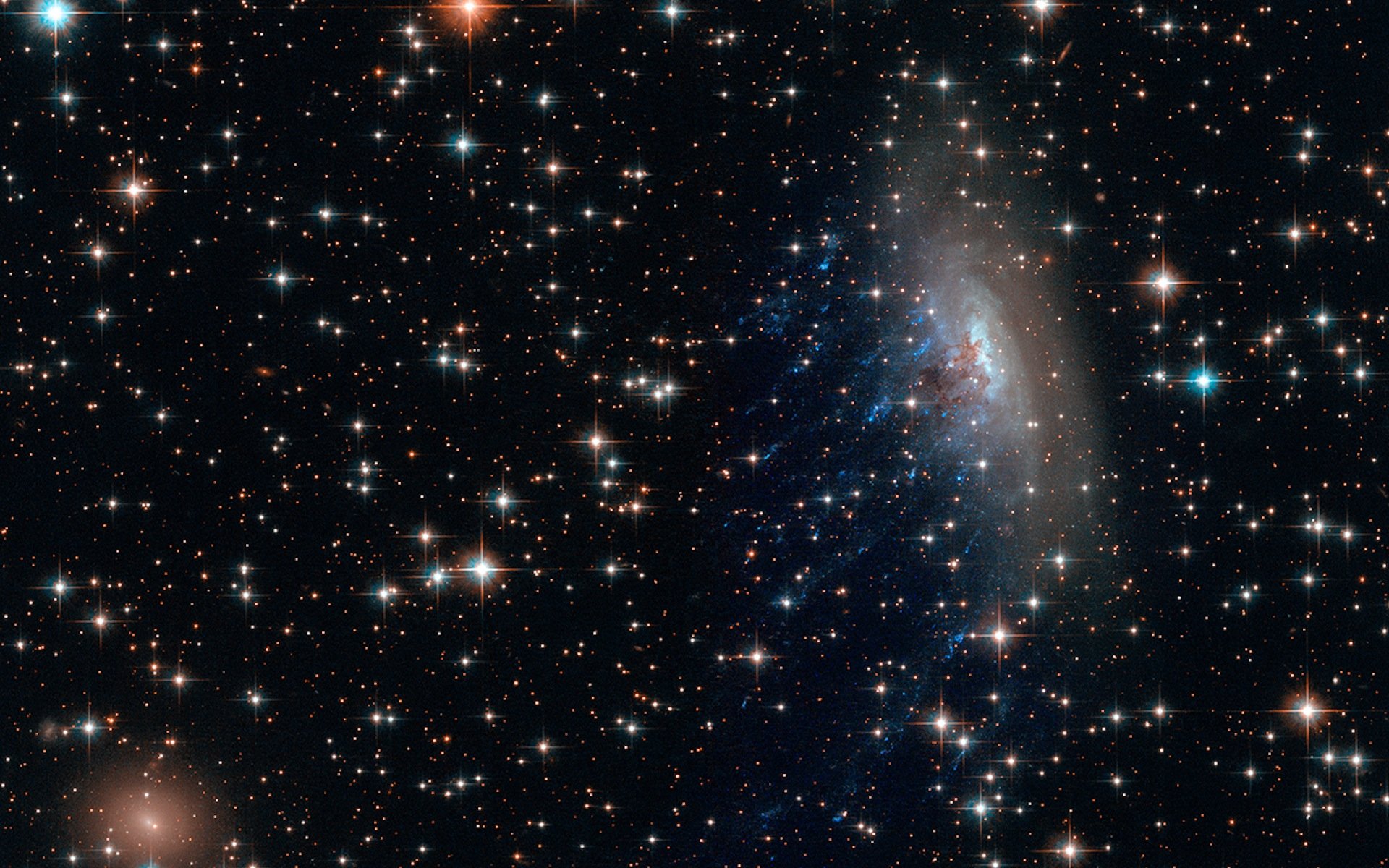
The Solar System
What is the Solar System and how did it come to be?
The First Vision of Space
The first vision of space from humanity’s perspective is Earth. Almost everything within physical reach lies within these confines.

Physical Characteristics
Earth is the largest of the four terrestrial planets, with a diameter of approximately 12,742 kilometers (7,918 miles).
Its shape is an oblate spheroid, meaning it is slightly flattened at the poles and bulging at the equator due to its rotation. This rotation also contributes to the planet's gravity and magnetic force fields.
Unlike the other three terrestrial planets in our Solar System, Earth's atmosphere is primarily composed of nitrogen (78%) and oxygen (21%), with trace amounts of other gases. This composition not only allows the planet to retain heat and air, but is stable enough that it also directly protects us from harmful UV radiation emitted by the sun.
Orbital Dynamics
Earth orbits the Sun at an average distance of about 93 million miles (150 million kilometers), completing one orbit every 365.25 days. This period defines our year. The planet rotates on its axis every 23.9 hours, determining the length of our day.
Earth's axis is tilted at approximately 23.5 degrees relative to its orbital plane around the Sun. This tilt is responsible for the changing seasons, as different parts of Earth receive varying amounts of solar energy throughout the year. When the Northern Hemisphere is tilted toward the Sun, it experiences summer, while the Southern Hemisphere experiences winter, and vice versa.

Natural Satellite
Earth's Moon is its only natural satellite, with a diameter about one-quarter that of Earth. The gravitational interaction between Earth and the Moon influences ocean tides and has a stabilizing effect on Earth's axial tilt.
The Second Vision of Space
The Solar System is our home star system. It not only contains our closest celestial neighbors, but it also represents the beginning of our cosmic journey.

What is the Solar System?
The Solar System is a collection of celestial bodies bound by the Sun's gravitational force. It comprises eight primary planets—Mercury, Venus, Earth, Mars, Jupiter, Saturn, Uranus, and Neptune—most with its own set of moons. Beyond these planets, the system includes dwarf planets like Pluto, numerous asteroids, comets, and other small icy objects.
The Solar System’s Roots and Expansions
The Nebular Hypothesis
Developed by Emanuel Swedenborg in 1734, expanded upon by Immanuel Kant in 1755, and related to the ideas of Pierre-Simon Laplace in 1796, the Nebular Hypothesis is a widely accepted theory that proposes an idea for how the Solar System came to be.
It states that around 4.6 billion years ago, a collapse in a giant cloud of molecular gas (solar nebula) formed the core of what would eventually grow into the Sun. Then, it was a small, rapidly spinning protostar. This protostar spun out the remaining surrounding molecular cloud into a protoplanetary (accretion-like) disk. Eventually, approximately 100 million years later, this disk formed the first planets, moons, and asteroids, and more notably, the gas giants.
Originally in 1734, Swedenborg proposed that planets, among the other early celestial bodies, were formed from a nebular crust surrounding the Sun. Later in 1755, Kant expanded on this idea. He also pointed out that it wouldn’t be a crust, but a disk, as the “crust“ surrounding the Sun was a nebula that would eventually flatten with time and the formation of celestial bodies. Following these advances, Pierre-Simon Laplace proposed a model in 1796 that closely resembled Swedenborg’s and Kant’s. However, in Laplace’s model, he stated that a protosolar cloud condensed into planets, forming the celestial bodies before the Sun.
After all of these proposals, the Nebular Hypothesis was abandoned sometime in the early 20th century primarily due to difficulty in the explaining the angular momentum distribution between the Sun and the planets. The model does not address this despite 99% of planets in the Solar System having some form of angular momentum. However, this wasn’t the end of the theory, as it eventually gave way to other theories, evolving into what would become known as the Solar Nebular Disk Model (SNDM).

Meet the Planets of
the Solar System
Planet Profiles
Mercury
88 Days
59 Hrs.
0.3877 au
1,516 mi
(2,440 km)
29 million mi²
(75 million km²)
3.285 x 10²³ kg
3.7 m/s²
Orbital Period:
Length of a Day:
Distance From Sun:
Radius:
Surface Area:
Mass:
Gravity:
Venus
225 Days
117 Hrs.
0.723 au
3,760 mi
(6,052 km)
178 million mi²
(460 million km²)
4.87 x 10²³ kg
8.87 m/s²
Orbital Period:
Length of a Day:
Distance From Sun:
Radius:
Surface Area:
Mass:
Gravity:
Earth
365 Days
24 Hrs.
1 au
3,959 mi
(6,371 km)
197 million mi²
(510 million km²)
5.97 x 10²³ kg
9.81 m/s²
Orbital Period:
Length of a Day:
Distance From Sun:
Radius:
Surface Area:
Mass:
Gravity:

The Dwarf Planets
-
-
The Two Rings of the Solar System
-
Only The Beginning…
Beyond the Kuiper Belt is the Oort Cloud, the gigantic sphere that marks the gravitational reaches of the Sun. Although we arrive at the end of the Solar System, there is much more to explore. You can go below and click the button to proceed with the journey or scroll upwards and click the button at the top to return to the astronomy page.











